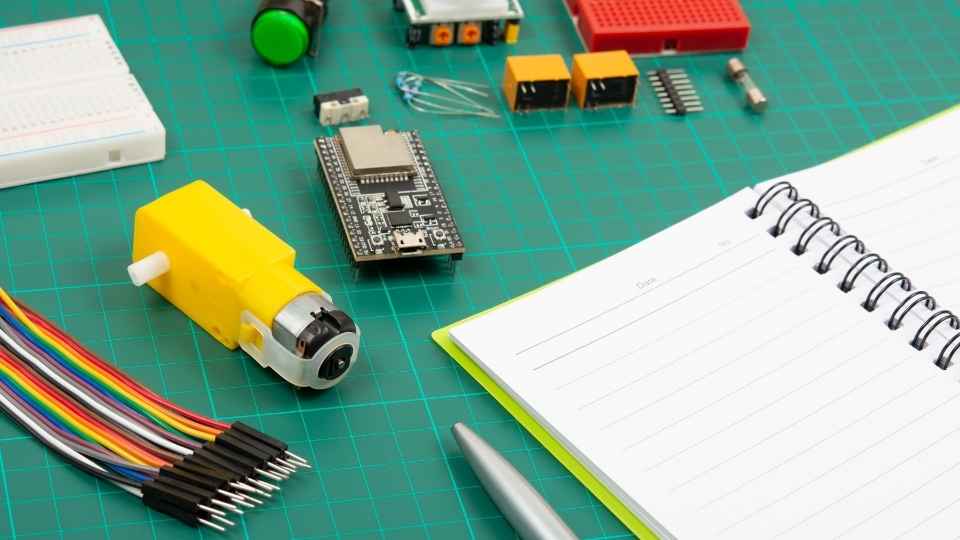
In this rapidly advancing digital age, where technology holds the key to unlocking endless possibilities, the demand for hands-on learning experiences in DIY electronics has never been greater.
Whether you're a novice or an experienced enthusiast looking to expand your skillset, our article presents a curated list of the best DIY electronics videos available.
From beginner tutorials providing step-by-step guidance to advanced techniques that push the boundaries of innovation, these videos offer a comprehensive and immersive learning experience.
Prepare to embark on an exhilarating journey into the world of DIY electronics and unleash your creative potential.
Key Takeaways
- Accessible learning experiences for beginners
- Clear instructions and explanations
- Wide range of projects, from simple LED circuits to building robots
- Materials lists, diagrams, and troubleshooting tips provided
Beginner Tutorials: Step-by-Step Guides for DIY Electronics Projects
The beginner tutorials in this collection provide step-by-step guides for DIY electronics projects, allowing individuals to easily learn and engage in hands-on learning. These tutorials are designed to be accessible to beginners, providing clear instructions and explanations of each step. Whether you are interested in building a simple LED circuit or want to dive into more complex projects like building a robot, these beginner tutorials will guide you through the process. Each tutorial includes a list of materials needed, detailed diagrams and illustrations, as well as troubleshooting tips. By following these tutorials, individuals can gain practical skills in electronics and build their confidence in tackling more advanced projects.
Understanding the inner workings of electronics starts with grasping basic circuit explanations, which we will explore further in the next section.
Transition: Now that we have covered the basics of DIY electronics projects through step-by-step guides, let's move on to understanding the inner workings of electronics by exploring circuit explanations.
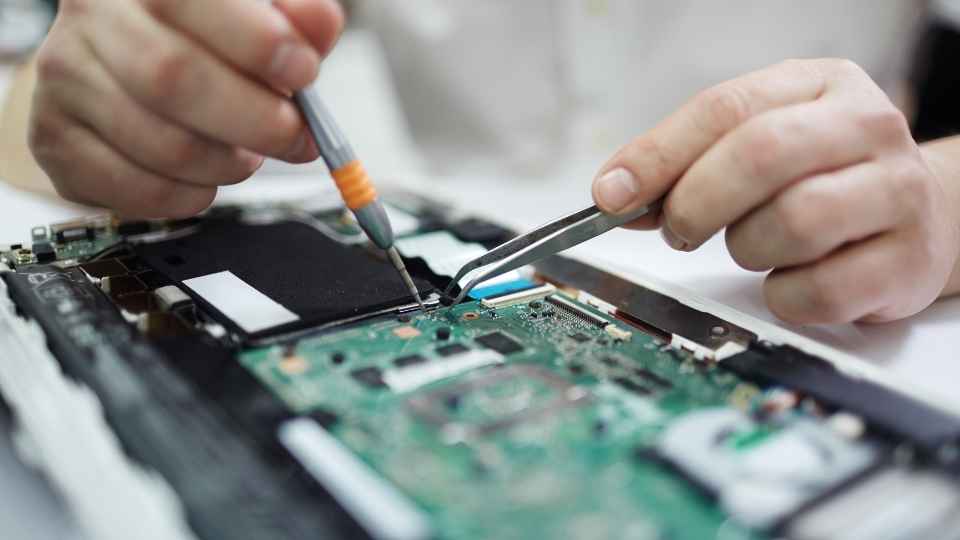
Circuit Explanations: Understanding the Inner Workings of Electronics
To gain a deeper understanding of electronics, it is essential to delve into circuit explanations and explore the inner workings of these intricate systems. Circuits form the backbone of electronic devices, enabling the flow of electricity and facilitating various functions.
By studying circuits, one can comprehend how different components such as resistors, capacitors, and transistors work together to create specific behaviors within a system. Understanding circuits allows individuals to troubleshoot issues, design their own projects, or modify existing ones to suit their needs. It provides freedom in exploring new ideas and expanding one's knowledge in electronics.
Circuit explanations provide a solid foundation for further exploration into project demonstrations: inspiring ideas and real-life applications that showcase how circuits are utilized in practical settings.
Project Demonstrations: Inspiring Ideas and Real-Life Applications
By showcasing innovative uses of circuits in real-life scenarios, project demonstrations inspire individuals to explore new ideas and applications in the field of electronics. These demonstrations provide hands-on learning experiences that allow people to see firsthand how circuits can be used to solve real-world problems.
From building a simple LED circuit to creating more complex projects like robots or home automation systems, project demonstrations offer a practical approach to learning electronics. They not only teach the basics of circuit design and troubleshooting but also encourage creativity and experimentation.
Tips and Tricks for Hands-On Learning: Expert Advice for DIY Enthusiasts
For those eager to enhance their skills in electronics, expert advice on hands-on learning offers valuable tips and tricks for DIY enthusiasts.
Learning electronics through hands-on projects not only deepens understanding but also fosters creativity and problem-solving skills. To make the most of your DIY electronics journey, it is essential to have a well-equipped workspace with basic tools such as soldering irons, multimeters, and breadboards.
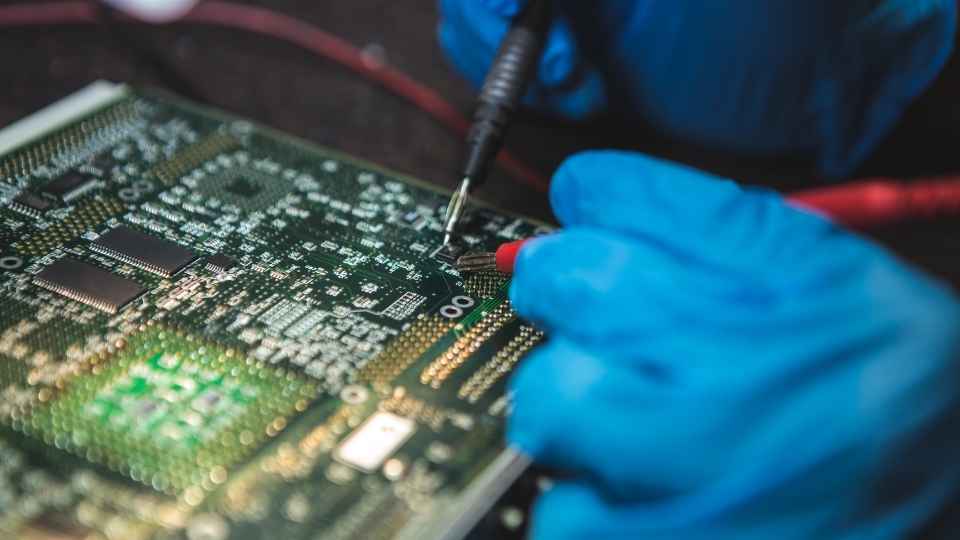
Building a strong foundation in electronics theory is crucial, so investing time in studying textbooks or online resources can be immensely helpful. Additionally, joining online forums or communities dedicated to DIY electronics allows you to connect with like-minded individuals who can offer guidance and support.
Experimentation is key; don't be afraid to take risks and learn from failures as they often lead to breakthroughs. Finally, documenting your projects through blogs or videos not only helps you track progress but also inspires others in the DIY community.
With these tips and tricks, you can embark on an exciting journey of hands-on learning in the world of electronics while enjoying the freedom that comes with it.
Advanced Techniques: Taking Your DIY Electronics Skills to the Next Level
Taking your skills in DIY electronics to the next level requires mastering advanced techniques and exploring new avenues of experimentation. Here are five key areas to focus on:
Circuit design: Learn how to design complex circuits using software tools like Eagle or KiCad, and understand advanced concepts like impedance matching and signal integrity.
Microcontroller programming: Explore programming languages such as C or Python to control microcontrollers like Arduino or Raspberry Pi, enabling you to build sophisticated projects with sensors, actuators, and wireless communication.
Analog electronics: Dive deeper into understanding op-amps, filters, amplifiers, and other analog circuitry components to create precise and high-quality audio systems or sensor interfaces.
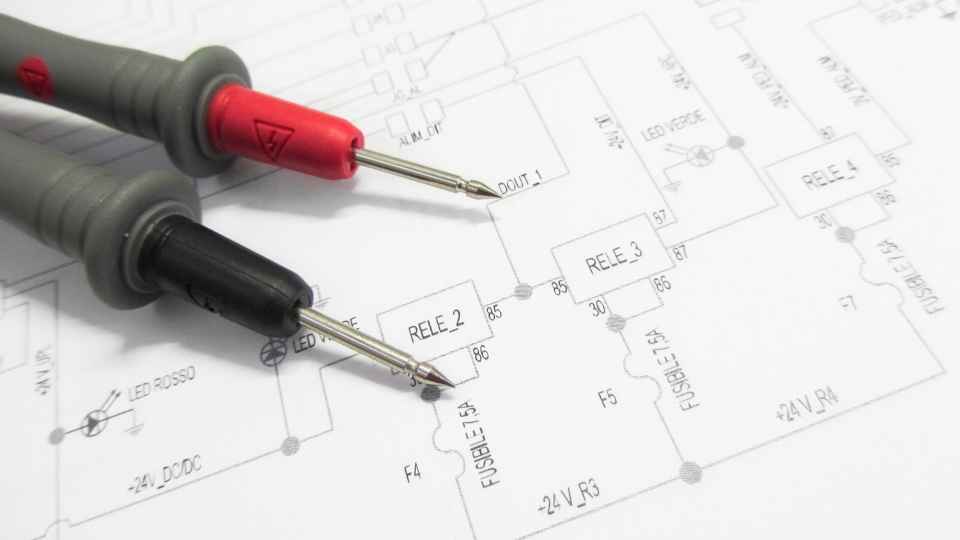
Power electronics: Master the art of designing efficient power supplies, voltage regulators, and motor drivers for robust and reliable electronic systems.
Advanced troubleshooting: Develop a systematic approach for identifying and fixing issues in complex circuits by using oscilloscopes, logic analyzers, and other diagnostic tools.
Frequently Asked Questions
To get started with DIY electronics projects, it is recommended to have basic tools such as a soldering iron, wire cutters, and a multimeter. Additionally, equipment like breadboards, jumper wires, and a power supply can be useful for prototyping and testing circuits.
How Do I Troubleshoot Common Issues That May Arise During DIY Electronics Projects?
When troubleshooting common issues that may arise during DIY electronics projects, it is important to systematically identify and isolate potential problems. By following a step-by-step process and utilizing tools such as multimeters and oscilloscopes, you can effectively diagnose and resolve technical glitches.
Are There Any Safety Precautions That I Should Take When Working With Electronics?
When working with electronics, it is crucial to follow safety precautions. This includes wearing appropriate protective gear, disconnecting power sources before handling components, and being aware of potential electrical hazards to prevent accidents or damage to equipment.
Can You Recommend Any Online Resources or Communities for Further Learning and Support in DIY Electronics?
There are numerous online resources and communities available for further learning and support in DIY electronics. These platforms offer a wealth of information, tutorials, forums, and expert advice to help enthusiasts enhance their skills and troubleshoot any issues they encounter.
How Can I Incorporate Coding and Programming Into My DIY Electronics Projects?
Incorporating coding and programming into DIY electronics projects involves utilizing software tools, such as Arduino IDE or Raspberry Pi, to write and upload code that controls the hardware components. This enables automation, interactivity, and customization in your projects.
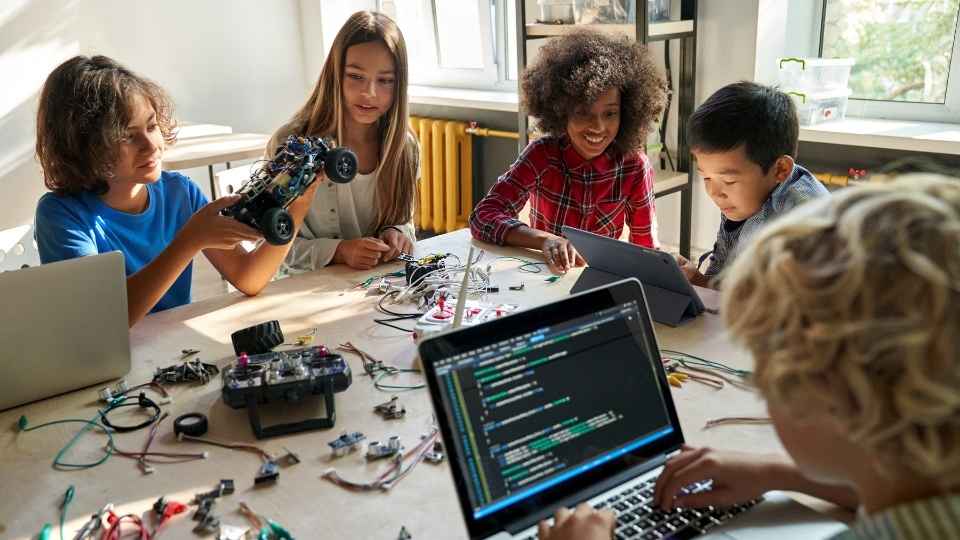
 Basic Electronics ConceptsEssential ToolsCircuit Design BasicsMicrocontrollersDIY Electronics ProjectsRoboticsPrivacy PolicyTerms And Conditions
Basic Electronics ConceptsEssential ToolsCircuit Design BasicsMicrocontrollersDIY Electronics ProjectsRoboticsPrivacy PolicyTerms And Conditions
